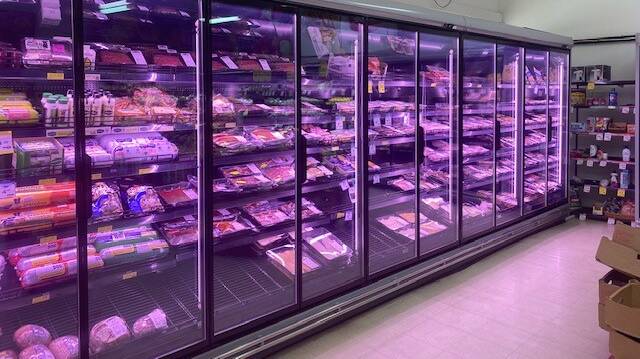
In the United Kingdom, frozen red meat sourced from supermarkets is big business.
Subscribe now for unlimited access.
or signup to continue reading
Not so in Australia, however we are all aware of frozen chicken and frozen fish. But in the UK, in the 12-week period ending April 16, £185.3 million ($346 million) of frozen red meat was sold.
According to a recent report, that's a £26.2 million ($49 million) or 16.5 per cent increase year-on-year.
Data shows that frozen accounted for 10.2 per cent of total red meat volume sales, an increase of 0.4 percentage points year-on-year. Volumes sold increased by 1.4 per cent year-on-year.
Price points to the cost-of-living crisis as a potential cause for changing consumer purchasing patterns.
Consumers have switched to frozen red meat due to its lower price point, which is, on average, 39.2 per cent cheaper than its fresh counterpart.
With frozen red meat often being cheaper than fresh versions of the same products, they provide a budget-friendly version with the benefit of added convenience.
Food-price inflation is causing consumers to seek to spend less on food and cook their own meals at home more often.
This provides opportunities for more frozen red meat products to be offered at promotional prices, especially as less frozen red meat than fresh is sold on promotion.
Could this happen in Australia?
To a limited extent cattle and sheep are privately processed, broken down and packed for storage in home-based freezers.
Surely if there was marked price differential, canny shoppers would head to a frozen option.
In the UK, it is believed that further opportunity lies in the green credentials that frozen meat possesses, considering red meat can be preserved longer by freezing - thereby helping to minimise food waste along the supply chain and in-home, a key issue at present.
Highlighting these claims on packaging could be key to attracting the environmentally minded consumer.

